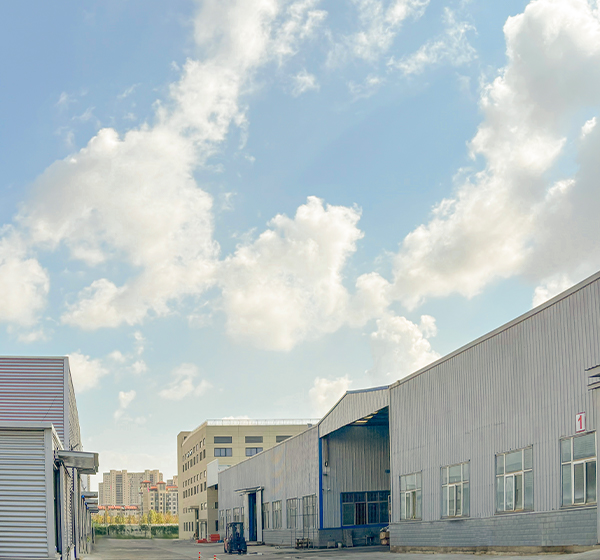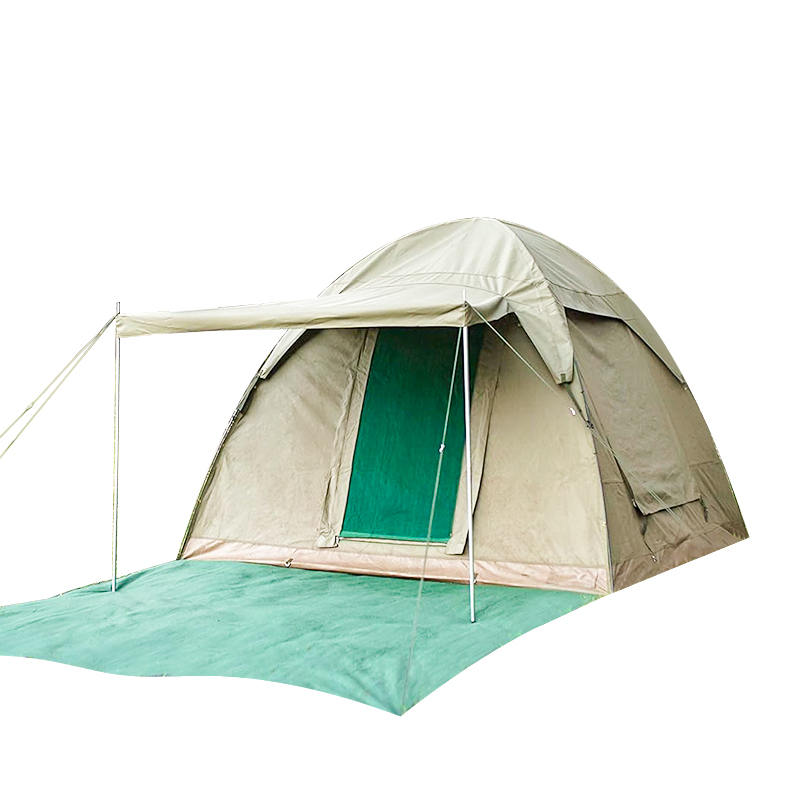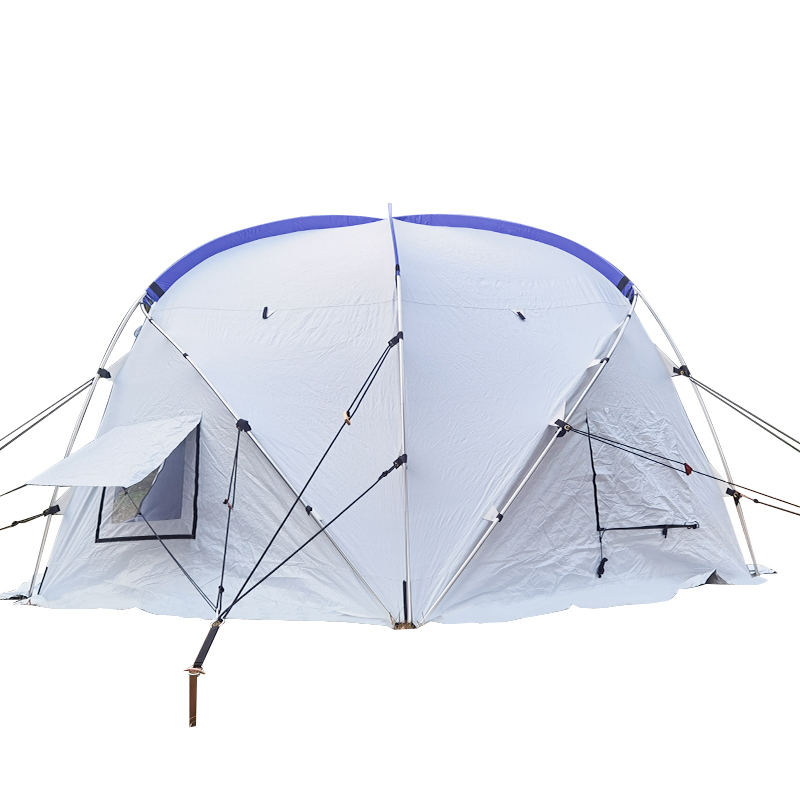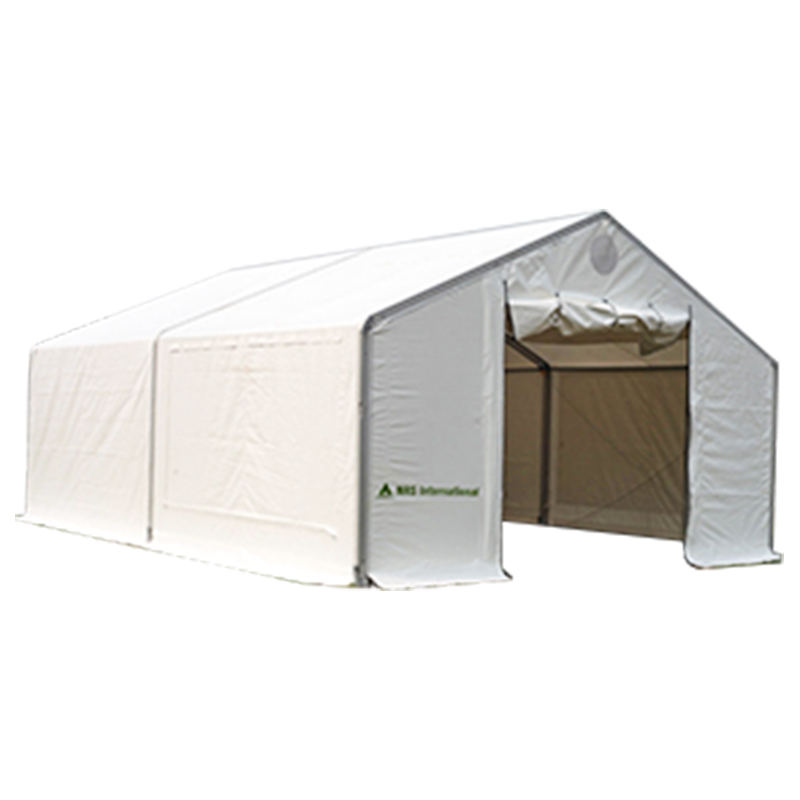-
 Economical Outdoor 5x8m PE Party Tent
Economical Outdoor 5x8m PE Party TentPVC/PE Marquee Tent
-
 Economical 5x10m PVC White Party Marquee
Economical 5x10m PVC White Party MarqueePVC/PE Marquee Tent
-
 6x12m Luxury PVC Outdoor Event Marquee
6x12m Luxury PVC Outdoor Event MarqueePVC/PE Marquee Tent
-
 7x15m PVC Party Tent Luxury Marquee for Garden Party
7x15m PVC Party Tent Luxury Marquee for Garden PartyPVC/PE Marquee Tent
-
 8x18M PVC Modular Marquee Large Event Tent
8x18M PVC Modular Marquee Large Event TentPVC/PE Marquee Tent
PVC/PE Marquee Tent Manufacturers
Products & Solutions
CONTACT US
-

+86 15695147631
-

-

No.9 Kangmin Road, Automobile industry Park, Yizheng City, Jiangsu Province, China
The Heavy Duty Party Tent is ideal for outdoor events like parties, wedding, family and other social gatherings. Different styles of trim cover and clear windows provide a classic, elegant look while ensuring a bright interior. The entrance doors are on the walls at both ends, and there are also doors on the side walls for easy access. Easy and fast to install including all attachments like ropes and stakes etc.
PE (polyethylene) and PVC (polyvinyl chloride), it must be said, they're both fantastic materials for forming the roof and walls of marquees and other heavy duty structures, but you wouldn't guess that from the name alone.
These are the commonly used fabrics for making marquees, and the only material we use for our marquees and storage tents. Both PVC and PE can be produced in different colors, and can also be made completely transparent to produce affective windows.
Versatility for Any Event: With its elegant design and adaptable structure, this marquee perfectly complements any occasion, enhancing the overall ambience of your events and making each gathering unique.
Exceptional Durability in Any Weather: Constructed with a robust galvanized steel frame covered in a 100% waterproof PVC/PR fabric, it offers unparalleled reliability, giving you confidence no matter the forecast.
Elegant Atmosphere: Featuring large windows, it provides ample natural light and protection, creating a welcoming and sophisticated environment that will leave a lasting impression on your guests.
Customizable Event Spaces: Thanks to its flexible design, including removable sidewalls and end walls, you can tailor the layout to fit the specific requirements of your event, effortlessly blending functionality with elegance.

-

What Do Waterproof Ratings for Camping Backpacking Tents Actually Mean? Waterproof ratings (measured in millimeters, mm) quantify a tent’s ability to resist water penetration, based on standardized hydrostatic head testing. The rating represents the height of a water column the t...
READ MORE -

What core fabrics lay the foundation for windproof and waterproof relief tent? The windproof and waterproof performance of relief tent starts with the selection of core fabrics, which must withstand harsh natural conditions such as strong winds, heavy rains, and even hailstorms i...
READ MORE -

What Cost Advantages Make Warehouse Tents More Economical Than Traditional Warehouses? The core appeal of warehouse tents lies in their significant cost savings, which can reach up to 50% compared to traditional brick-and-mortar warehouses. First, the construction cost is far low...
READ MORE
1. PVC and PE are the two main fabrics used in marquee tents. What are the key differences in their material properties? What outdoor applications are suitable for each? How can we help users choose the right one?
The differences between PVC and PE fabrics primarily lie in durability, water resistance, and applicable scenarios. PVC fabric is thicker and more abrasion-resistant. Its surface is specially coated for excellent water resistance and UV resistance, making it less susceptible to aging with long-term outdoor use. It is suitable for long-term, fixed-use marquee tents, such as outdoor market stalls, scenic rest areas, and corporate outdoor event venues. PE fabric is lighter, less expensive, and offers basic water resistance, but its durability and aging resistance are inferior to PVC. It is more suitable for short-term, temporary use, such as sunshade for family weekend camping, rain shelter for small temporary events, and temporary stalls at festivals. Users can choose the appropriate fabric type based on frequency of use, duration of the event, and budget.
2. the PVC/PE Marquee Tent's primary function is to provide "large-area sun and rain protection." What structural design features are required to balance "spatial openness" with "structural stability" to accommodate large gatherings?
To balance space and stability, the structural design must be optimized around "frame support" and "canopy design." The frame should be constructed of high-strength metal materials (such as galvanized steel pipes or aluminum alloys) and constructed with either multiple or no columns. The column-free design maximizes internal space, facilitating the placement of tables and chairs, hosting groups, and accommodating large gatherings. The multi-column design provides increased stability through increased support points, making it suitable for windy outdoor environments. The canopy should feature a sloped structure to ensure that rainwater drains quickly, preventing overhead water accumulation and damage to the fabric. Furthermore, the canopy's edges can be designed with drooping rain curtains, which can be lowered to prevent side splashing during rainy days and retracted on sunny days to maintain ventilation and visibility. Some products can also be expanded through modular splicing, from tens to hundreds of square meters, to accommodate outdoor gatherings of varying sizes.
3.PVC/PE Marquee Tents are commonly used in outdoor markets, wedding parties, camping events, and other settings. What are the different requirements for size and accessories in different settings, leading to targeted designs?
The differences in requirements for different settings are primarily focused on "size specifications" and "functional accessories." Outdoor markets require small, flexible dimensions. Single tents are typically smaller and require quick-detachable side panels to facilitate displaying merchandise, while also providing ample entrances and exits for customers. Wedding parties require larger tents. The canopy can be made of translucent or decorative fabrics, complemented by accessories such as tulle and light hooks to enhance the romantic atmosphere. The interior should include a stage and guest seating area, and non-slip mats can be used to enhance the guest experience. Camping settings require a balance of portability and practicality. The tent's size should be adapted to the number of people camping, and removable mesh sides can be added for both sun protection and insect protection. A lightweight frame should also be designed for easy transport and setup by families or small groups. Through scenario-specific size and accessory design, the tent can be precisely matched to different needs.
4. PVC/PE Marquee Tents are subject to long-term or frequent outdoor use. What are the key points to pay attention to in daily maintenance of their fabric and frame to extend their lifespan and reduce future costs?
Daily maintenance should be carried out separately for "fabric maintenance" and "frame maintenance." Regarding fabric maintenance, PVC fabric should be regularly cleaned with a neutral detergent to remove surface stains and avoid scratches from oil and sharp objects. When not in use for long periods, it should be folded and stored in a dry, ventilated place to prevent moisture and mold. PE fabric, due to its less durable nature, should be protected from prolonged exposure to sunlight. Dust should be cleaned promptly after use, and excessive compression during storage should be avoided, which may damage the fabric. Regarding frame maintenance, the metal frame should be regularly inspected for loose joints and tightened immediately if any looseness is found. After extended outdoor use, the metal frame components should be coated with anti-rust paint to prevent rust from rain and moisture. When storing, the frame should be organized to prevent components from getting lost or colliding with each other and deforming. Through effective maintenance, the tent's lifespan can be significantly extended and replacement costs reduced.
5. Given the uncertainties of outdoor environments, such as fluctuating wind speeds and sudden rainfall, what enhancements are needed in the wind and rainproof design of PVC/PE Marquee Tents to ensure safe use?
Wind and rainproof design should focus on both "detailed protection" and "emergency adaptability." Regarding windproofing, the bottom of the frame should be equipped with a weighted base (such as a water-filled base or sandbag base) to prevent the tent from toppling over in strong winds. Wind rope anchor points can be designed around the tent, using high-strength wind ropes to secure the tent to the ground or surrounding fixtures to enhance wind resistance. The connection between the canopy and the frame should feature reinforced stitching or snaps to prevent the canopy from being blown off by strong winds. Regarding rain protection, in addition to the tilting canopy and rainfly, canopy joints must be sealed with sealing tape or heat-pressed to prevent water from seeping through the seams. Fabric edges must be waterproofed to prevent water from seeping through the edges. Some tents may also feature drainage holes at the bottom to quickly drain accumulated water in the event of heavy rain. These multi-dimensional details enhance the tent's resilience to unpredictable outdoor weather.
6. PVC/PE Marquee Tents must meet the assembly capabilities of different users (e.g., professional teams, home users). What flexibility should be provided in the setup method and accessory design to accommodate different user groups?
To accommodate users with varying assembly capabilities, flexibility is required in the "setup process" and "accessory support." For professional teams (e.g., event companies, market operators), modular construction can be designed with standardized connectors for quick assembly. Detailed installation drawings and tool kits support efficient and collaborative setup by multiple people. Customizable expansion accessories are also available to meet the needs of complex scenarios. For families or small groups seeking simplified setup, the frame features snap-on connections, eliminating the need for complex tools and allowing two to three people to complete the basic setup. A simple, illustrated guide highlights key steps and precautions, simplifying operation. Some products also offer pre-assembled frames, requiring only the user to unfold the canopy and secure the accessories. These differentiated design options cater to users of varying abilities.
7. What advantages does Yangzhou Mailenda Outdoor Products Co., Ltd. have in the production and supply of PVC/PE Marquee Tents to ensure product quality and suitability for various scenarios?
As a company with over two decades of experience in the outdoor products industry, Yangzhou Mailenda Outdoor Products Co., Ltd. possesses significant advantages in the production and supply of PVC/PE Marquee Tents. On the production side, the company is familiar with the differences in the properties of PVC and PE fabrics, allowing it to select the appropriate fabric for each scenario. It also boasts advanced equipment such as automatic cutting machines, hot air seam sealing machines, and high-frequency welding machines, enabling precise control of key processes like fabric cutting and seam sealing to ensure the canopy's waterproofness and durability. High-precision machining is employed in the production of the frame to guarantee the load-bearing capacity and stability of the metal components. On the supply side, the company boasts two production bases with sufficient annual production capacity to quickly respond to orders of varying sizes, enabling efficient delivery for both small-volume home orders and large-scale event company orders. Leveraging its extensive experience in outdoor product design, the company offers customized services tailored to user scenarios, including sizing and accessory matching. A rigorous quality inspection process is also in place, with each batch of products tested for waterproofness and wind resistance to ensure compliance with outdoor standards, providing reliable support for PVC/PE Marquee Tents in diverse scenarios.


 English
English 中文简体
中文简体 Español
Español 日本語
日本語 русский
русский عربى
عربى


